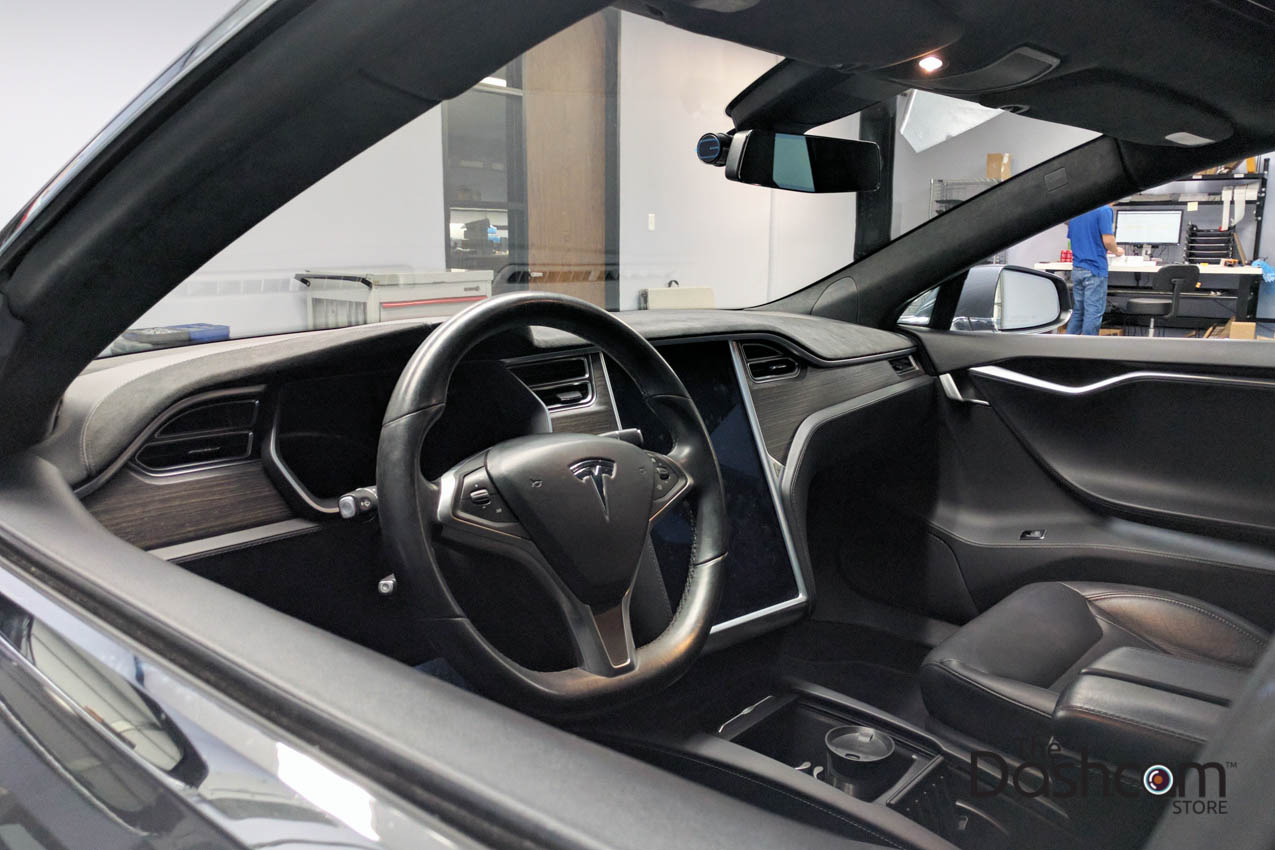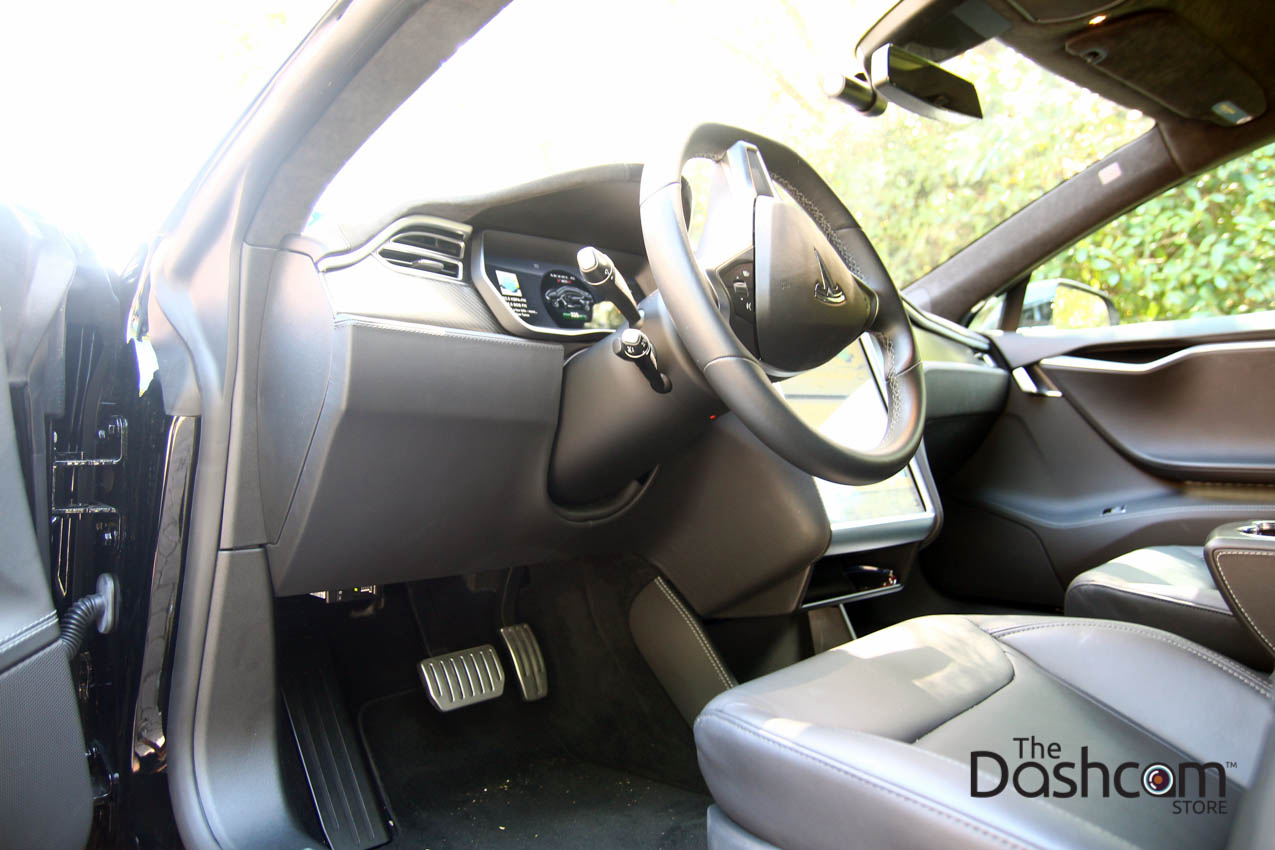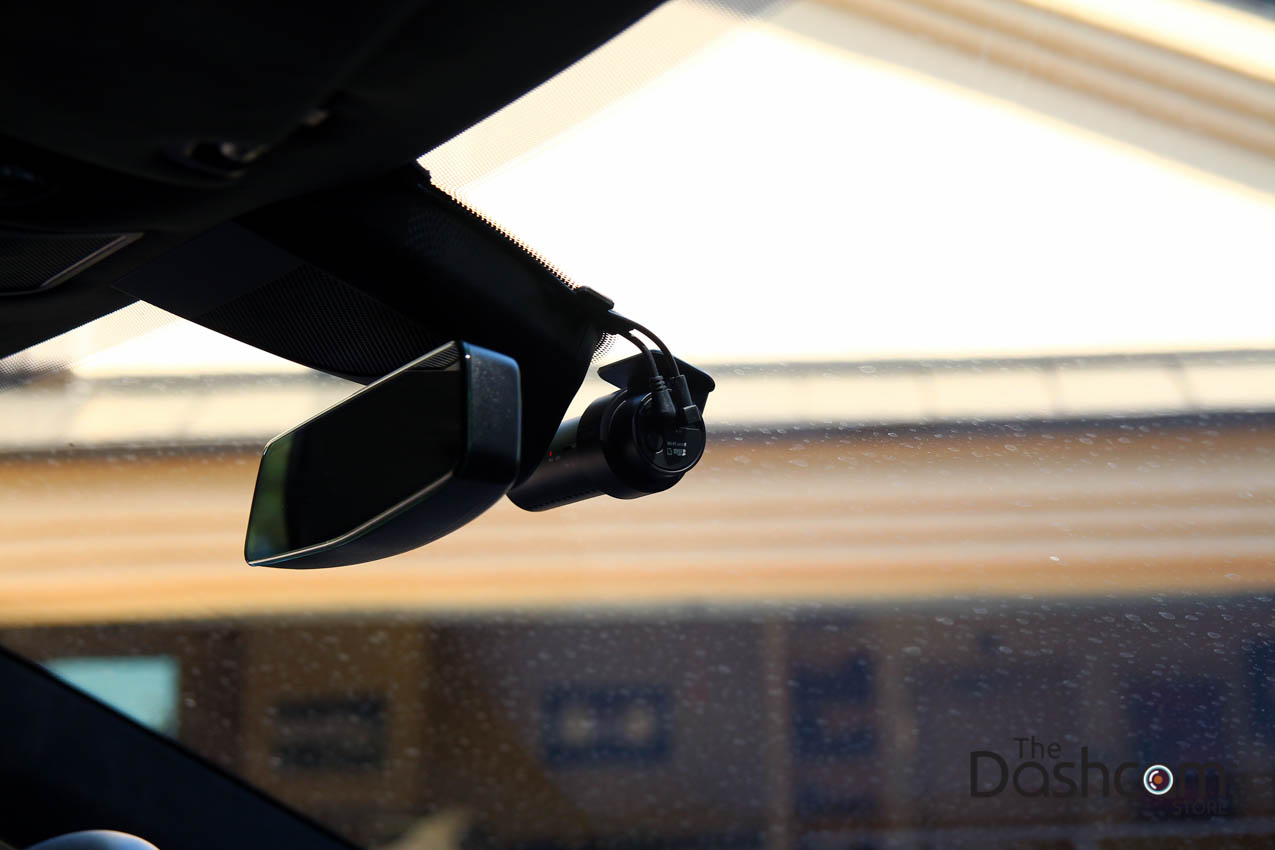
- #BLACKVUE DASH CAM TESLA HOW TO#
- #BLACKVUE DASH CAM TESLA INSTALL#
- #BLACKVUE DASH CAM TESLA PRO#
- #BLACKVUE DASH CAM TESLA LICENSE#
This is likely the optical effects of the light going through the windshield glass. Looking at the Tesla dashcam video, the side and rear cameras look good, but the front camera is quite dim with a greenish cast.

Most third party dashcams start at 1920×1080 resolution at 60 fps (1080p). This makes it somewhat jittery when viewed on most video devices that require conversion to 30 or 60 fps. Tesla also uses an odd frame rate of 36 fps.
#BLACKVUE DASH CAM TESLA LICENSE#
At this resolution, a license plate can only be read when the car in front is about 8 feet or less in front of you.

This is at 1280 x 960 pixels, a fairly low resolution when compared with most dashcam alternatives. With newer cars, four cameras are used for recording. Those with MCU1 and have upgraded to the HW3.0 AP processor get 3 channels of the dashcam, but the quality is poor, as MCU1 does not have the needed power to provide good video. Older vehicles do not get the dashcam feature, due to hardware limitations of the MCU and AP processor. Tesla provides some basic dashcam like abilities for vehicles with HW2.5 or later (vehicles built after July 31, 2017). Ok, did you identify the silver car as a new Model 3 without a license plate? In other tests, even at 70 mph, the dashcam pictures hold up quite well. This last set of images were taken while the car was moving at 25 mph. See below for more about polarizing filters. We normally use a polarizing filter to reduce glare but removed them for these tests. We get some vehicle glare, which is typical of all dashcams. The manufacturer’s specs claim they cover the same wide-angle, which does not appear to be true. The clarity of the A119 1440p image is very close to the DR900 2160p front camera, but the DR900 is capturing a wider view requiring more pixels. The colors in the DR900 appear a bit more natural to us. We also carefully picked the images from each camera to be matched within one video frame time-wise. We did brighten the A119 image slightly to give all three images a similar brightness but otherwise did no other modifications. You can click on the image above to see a larger view (but 50% of actual size due to how large the image is). In this case, especially with the massive battery capacity of the Tesla, it would also be possible to use the Hardwiring Power Cable.32 mm x 41 mm (F,Q), 64 mm x 111 mm x 32 mm (U)
#BLACKVUE DASH CAM TESLA PRO#
This is why we recommend hardwiring your dashcam using the Power Magic Pro or use the Power Magic Battery Pack. Indeed, if you cut the power cable you will lose the fuse integrated in the 12V accessory power male connector of the dashcam.


Of course a word of caution is necessary here before you decide to do the same on your car, as with this method you are on your own. You can watch the video by clicking the thumbnail above or here.
#BLACKVUE DASH CAM TESLA HOW TO#
The video includes useful tips, such as how to handle the wiring, positioning of the camera and a quick walk through the BlackVue app (available for Android/ iOS). That doesn’t mean it’s hard to follow though, as DÆrik takes the time to show and explain everything he does.
#BLACKVUE DASH CAM TESLA INSTALL#
Install level : ProĪs pointed out by several commentators, there are lots of intricacies shown here–because this install is as clean as they come–and a level of detail rarely seen in install tutorials. We thank him for taking the time to make this video, which is extremely thorough. It’s obviously not his first time installing a BlackVue, and he mentioned the video came at long last after many requests from his YouTube followers. YouTuber DÆrik published a video that is a must-watch for all Tesla owners – a complete install of the BlackVue DR650S-2CH dashcam. Everything you need to know about installing a BlackVue in your Tesla


 0 kommentar(er)
0 kommentar(er)
